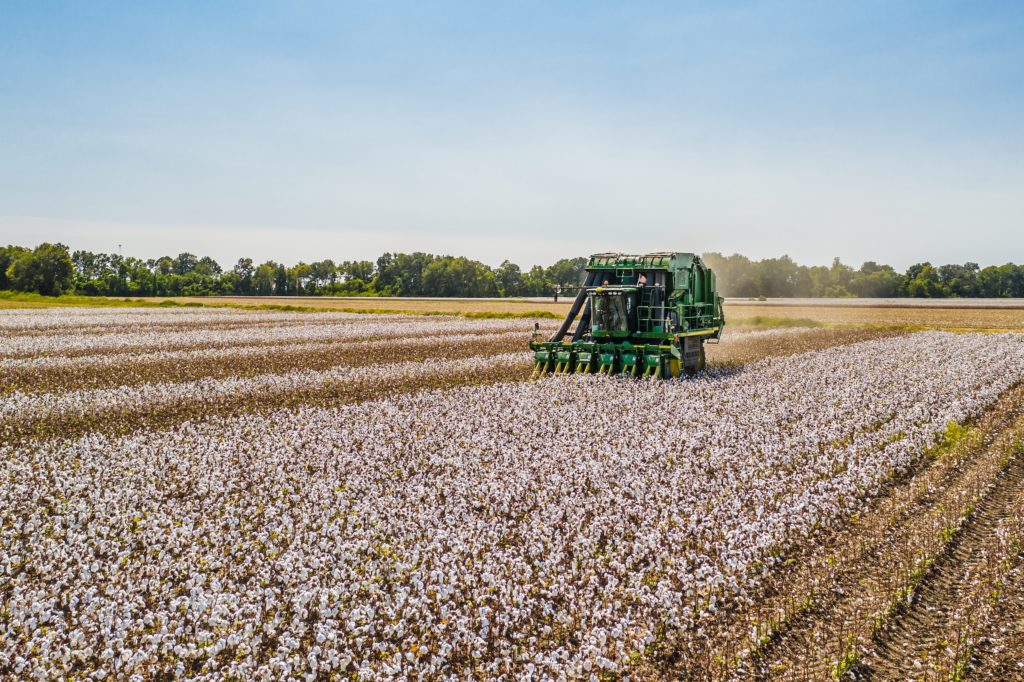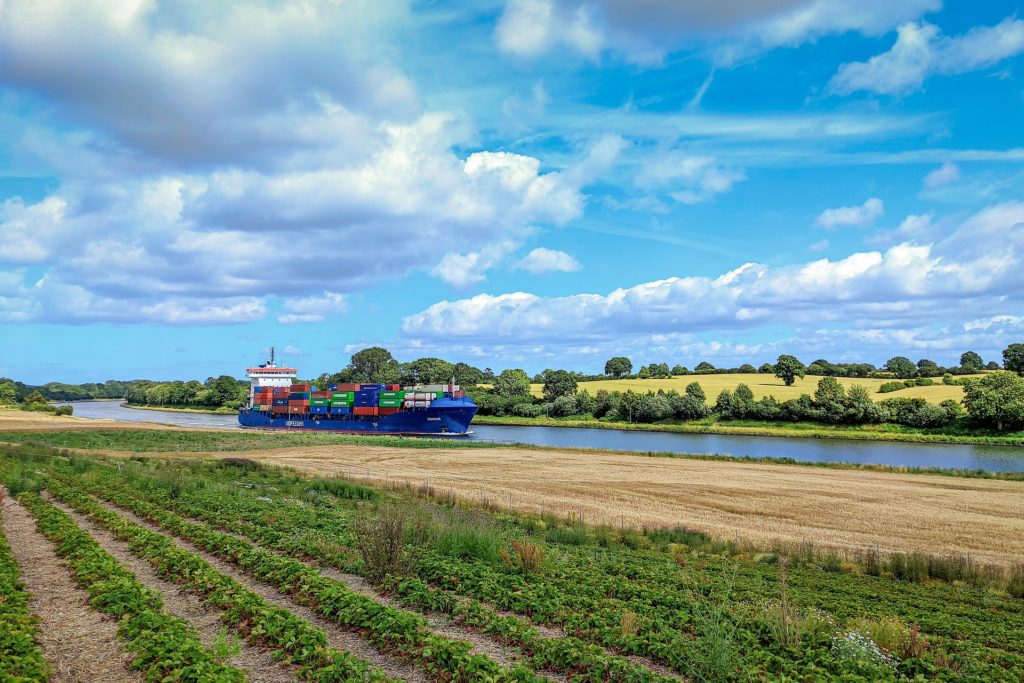The Bremen Cotton Exchange and Fibre Institute Bremen jointly invite visitors to the 37th International Cotton Conference from 20 to 22 March 2024. The international cotton community can expect a first-rate programme of interesting events, both in Bremen itself and online via a conference platform.

Cotton Harvest, picture: unsplash
The various sessions in Bremen will go into great depth about topics such as “A Look at Breeding and Agriculture”. What is already possible in this respect, what is planned for the future, and what is happening in terms of biotechnological research? We have the answers and the subjects covered at the conference will include:
Global climate change – is it changing the quality of cotton?
Cotton cultivation in Turkey is one of the most important plant-based production sectors to be affected by global climate change. Müge Ekizoğlu from the Izmir Commodity Exchange will talk about relationships between individual climate variables and cotton quality, which is of great significance for sustainable cotton production in the future. As part of an ongoing project, researchers have collected more than 500,000 cotton analysis results from different Aegean regions over a period of eight years. These have been associated with meteorological parameters taking account of the cotton region and development stages. The algorithm and computer software developed for this purpose show the relationships between the quality of the cotton fibres and climatic parameters. In summary, the quality characteristics of cotton respond differently to climatic variables depending on the particular region and development stage.
Complete transparency
There is an increasing demand for transparency in textile supply chains. Policymakers are already setting guidelines. There’s no doubt that a lack of transparency in the textile industry can lead to gaps in consumer confidence, and even the stigmatisation of brands.
Against this backdrop, Abhijeet Sharma from BASF will present Seed2Sew, a traceability platform that focuses on the entire manufacturing process from cotton cultivation through to the finished textile. The platform uses Hyperledger, an open source blockchain system that only requires minimum energy compared with previous blockchains. As part of the Seed2Sew traceability programme, Greek farmers are collecting real-time data using mobile apps and networked IoT devices. The platform includes spatial time stamps, biometric logins, certifications, and satellite images to ensure multi-stage checks and unchangeable data.
As part of field tests, there are five farms that have the potential to produce 5,000 bales of cotton which, in turn, can be used to make six million t-shirts. The CO2 footprint calculated in April 2023 using Seed2Sew technology for the production process from cotton sowing through to the finished garment was 6.26 kg CO2 equivalent, based on a quantity of one kilogramme of cotton fibres. By comparison, this is the same CO2 consumption required to travel 25km by car or to charge 761 mobile phones. Facts like these are able to create consumer confidence.

Container Transport, picture: © pixabay
Cotton of the future
Filipe Natalio from the Weizmann Science Institute in Israel is famous for creating fluorescent cotton. In his current lecture at the International Cotton Conference Bremen he will emphasise that natural fibres have always played a key role in the development of human civilisations. However, according to his observations, the current chemical-based dyeing processes generate large quantities of waste every year with negative consequences for the environment. Natalio is looking for sustainable alternatives to replace hazardous finishing methods, e.g. the dyeing of cotton fibres using chemicals.
In his opinion, the answers lie in nature itself which, as part of an evolutionary process lasting millions of years, has developed ingenious methods that are adapted to the environment. The aim of his research is to understand the underlying mechanisms of natural organisms in order to produce biological materials such as cotton with special properties. This uses knowledge about cotton’s natural metabolism to develop a new generation of cotton plants with customised features using methods from the world of synthetic chemistry. Starting with a proof-of-concept demonstration, Natalio will present a roadmap for reaching this goal.
Three days of added value for attendees
All in all, the three-day programme at the 37th International Cotton Conference consists of a total of eleven sessions with a variety of lectures and discussions covering a range of topics that deal intensively with the latest developments in the global cotton industry. Also worth noting is the comprehensive information resulting from appealing poster presentations for visitors.
An important innovation
The venue for this year’s cotton conference is not the historic town hall in the Hanseatic city of Bremen, but the much more futuristic setting of the city’s modern parliament building. The Haus der Bürgerschaft is also situated on Bremen market square, right next to the Bremen Cotton Exchange.
Cotton week illustrates level of international networking
In 2024 too, the Bremen Conference will be embedded in an entire cotton week, including a number of other events from Monday to Friday organised by important partners of the Cotton Exchange and highlighting the organisation’s international networking. On Tuesday, 19 March the Cotton Exchange, Fibre Institute Bremen (FIBRE), International Textile Manufacturers Federation (ITMF) and German Industry Association Finishing – Yarns – Fabrics – Technical Textiles (IVGT) will once again present the Textile & Spinners Seminar. The seminar will be attended by the ITMF Cotton Testing Committee and several expert committees from the International Cotton Advisory Committee (ICAC), as well as other organisations such as the Discover Natural Fibres Initiative (DNFI) and European cotton traders.
The Bremen Cotton Exchange team will provide detailed information about other programme topics at the International Cotton Conference in further press releases in the run-up to the conference. All information is regularly updated and can be found on the conference website at www.cotton-conference-bremen.de.
Download Press Release A LOOK AT BREEDING AND AGRICULTURE
Have a look at the entire preliminary programme.
An invitation to the press
Naturally, we also invite any interested media representatives to visit the 37th International Cotton Conference – either in person or online. Registrations are still being accepted. We will be happy to assist you with selecting suitable discussion and interview partners. We welcome any form of reporting about the conference.
We are available for any further questions and interviews. Media representatives can contact us directly here:
Press contact:
Elke Hortmeyer, Director of Communications and International Relations, Bremen Cotton Exchange
Tel.: +49 421 3397016 | Email: hortmeyer@baumwollboerse.de

